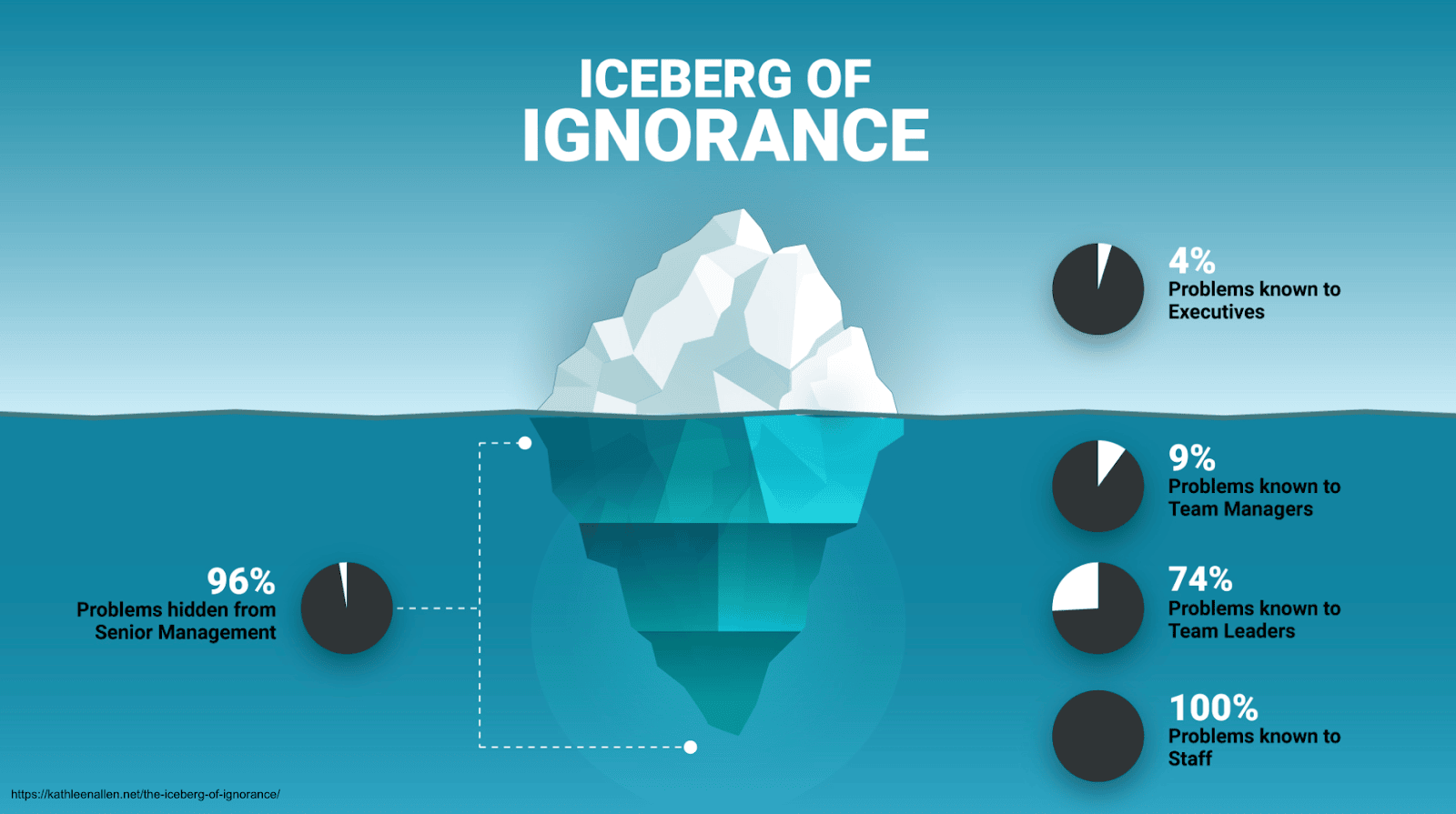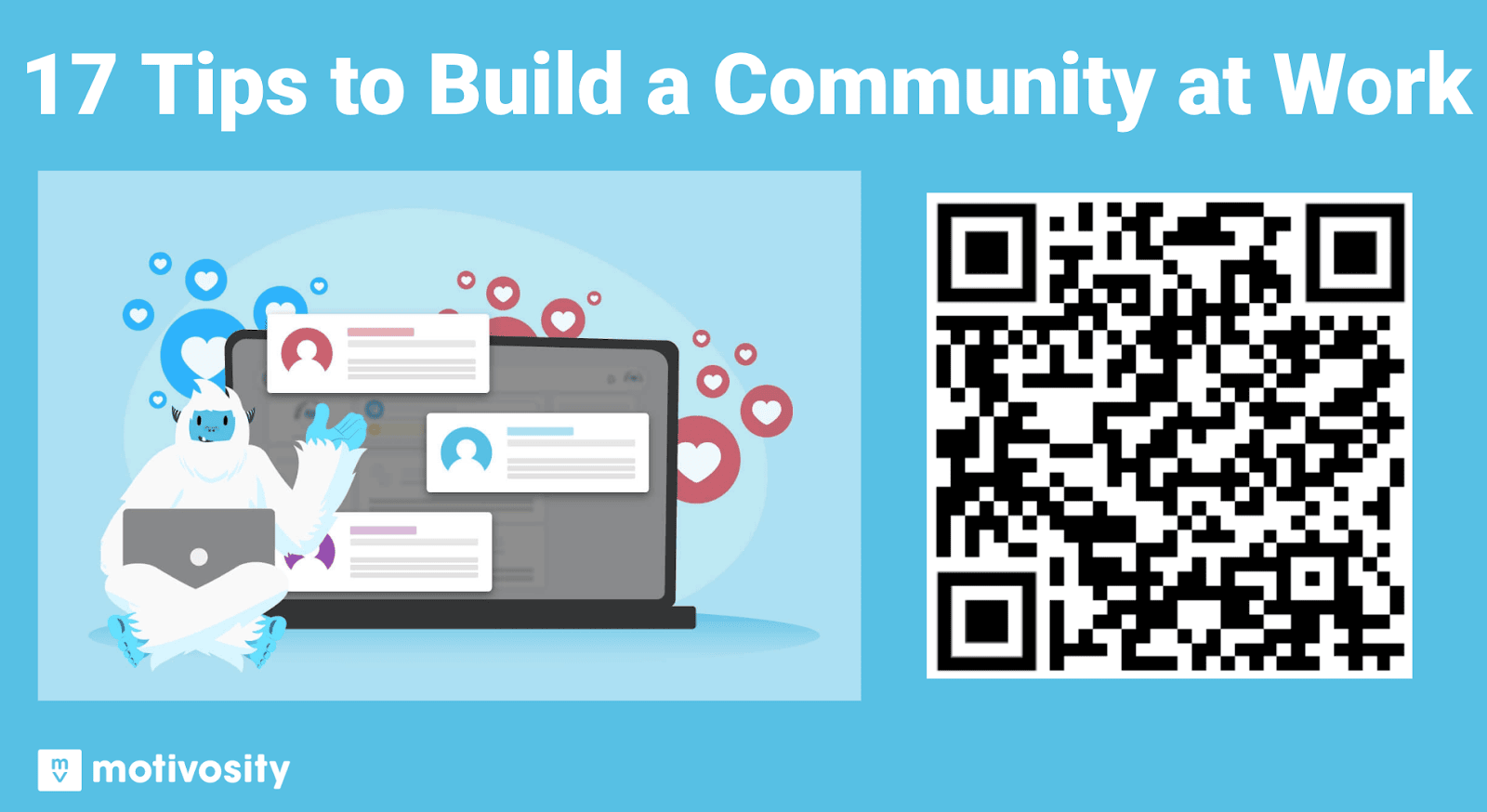

by Logan Mallory, Guest Author
I made a LinkedIn post last month that started with, “A Fake Letter” and then addressed executive leaders from an employee’s point of view. Though certainly not my best LinkedIn post, it had some decent engagement. What really stood out though were the DMs I received in response to the post. Multiple people messaged me saying things like, “Can I share this with my leadership team?” or “This is so spot on—I hope my Executive team sees this post.”
That’s when I RE-realized a painful reality: Employees are afraid of speaking up and telling Executives the truth. The issues may be large or small, but many will choose to be silent at work regardless.
So how big is that problem? And what causes it? And if employees were fearless, what would they say?
The research led to this article and I hope everyone reads it. I want Executives to read it because it will help enlighten them to potential blind spots. I want employees to read it because I want them to realize that their silence hurts the organization—which in turn just hurts them. It’s a vicious cycle that keeps all of us from progressing like we should want to.
Quantifying Silence & Fear at Work
 Milliken & Morrison, a consulting firm, helps quantify the problem: Their data shows that 85% of employees feel unable to raise a concern with their bosses. I’m better at marketing than I am at math, but that’s practically everyone. If you want an even more painful statistic, DecisionWise states that 34% of employees silence themselves out of fear of retribution from their managers.
Milliken & Morrison, a consulting firm, helps quantify the problem: Their data shows that 85% of employees feel unable to raise a concern with their bosses. I’m better at marketing than I am at math, but that’s practically everyone. If you want an even more painful statistic, DecisionWise states that 34% of employees silence themselves out of fear of retribution from their managers.
Read that stat again: They’re not just afraid, they’re afraid of the punishment that will follow. One third of employees are literally afraid their boss will retaliate.
So silence becomes a defense mechanism, a way to stay safe. Employees would rather be silent and ignored instead of wrong or criticized. Unfortunately, too many managers are willing to accept the silence because they take a “No news is good news” approach to leadership. As long as the employees aren’t complaining, then everything must be going okay—and we all know that’s not accurate.
The Iceberg of Ignorance
This leads to a concept called “The Iceberg of Ignorance,” which essentially teaches that the higher someone is within leadership, the less they know about what’s truly happening throughout the organization. First line managers get most of the story, but not all of it. Directors have a good amount of the picture, but less than the managers. And Executives? They’re practically blind to the issues and problems happening across the org."
Though I think her data is a little too aggressive, Kathleen Allen’s research says that 96% of problems are hidden from senior management. Even if that’s only partially accurate, it’s still a major issue. “The ‘Iceberg of Ignorance’ stops leaders from finding and solving the real problems within an organization, which inhibits the growth of the company. Maybe worse, it keeps employees stuck in bad circumstances, resulting in self-inflicted outcomes."

What Are Leaders Missing?
So employees stay quiet to protect themselves, but in reality it creates a vicious cycle and their silence keeps things from changing for the better. If they were willing to speak up though, what would they say?
Lots. Certainly they’d talk about compensation, benefits, mental health, ineffective meetings, remote work and bureaucracy throughout the office. But let’s focus on three crucial items:
Loneliness
The US Surgeon General has six priorities currently featured on the government website. “Social Connection” and “Work-Place Wellbeing” (which includes “Connection and Community” at work) are two of those priorities. Their data says that essentially 50% of Americans report experiencing loneliness and “Social Isolation” has increased by 24 hours per month in the last 5 years.
You might argue that loneliness isn’t a work problem. You’d be wrong. Harvard Business Review says, “Employee disconnection is one of the main drivers of voluntary turnover, with lonely employees costing US companies up to $406 billion a year.” If your employees feel disconnected or like there’s no community at work, it’s going to mean you lose your top talent sooner than you want to.
Psychological Safety
I think my earlier stats prove the point that people don’t feel safe at work. But for good measure: TNLT, an HR focused publisher, said: “Fear paralyzes us but also filters our behavior — we choose the safe path, not the right one. Psychological safety — the shared belief that a team is safe for interpersonal risk-taking — is essential to drive collaboration, decision-making, and innovation.”
In some qualitative research I did personally, I asked others about what they would say to Executives regarding psychological safety. Here are some of the highlights:
- “If I could emphasize one thing with C Suite executives and management in general, it would be TRUST. Hire the right people and then trust them to do the job you hired them for. I've amazed even myself at what I've accomplished when I was given trust to excel (and sometimes fail!)”
- “Create and foster a safe space for healthy conflict and NOT endorse or create a space for artificial harmony.”
- “Build trust and capability among the team, and then get out of the way.”
- “Learn to create an environment of safety for your people. They will help you identify your weak points, and they can help you solve them.”
How can leaders change our current (and horrible) lack of psychological safety? In an HBR article, Nihar Chhaya said, “Show vulnerability. Leaders who create safe cultures welcome dissent from subordinates and concede power every once in a while in the service of increasing the team’s commitment. But this takes vulnerability.”
Take a page out of Brene Brown's Ted Talk—that’s a great place for leaders to start.
Communication
Communication within organizations is typically so poor, and the employees feel it. Zippia.com has extensive research on the topic and claims that “86% of workforce respondents blame poor communication as the main reason for company failures.” They’ve found that “7% of US workers feel that communication is accurate, open, and timely at work” and “74% of employees believe they miss out on company news and important information.” Those are awful results…it’s almost like organizations aren’t even trying.
What Do Those Three Have in Common?
You might not have caught the common thread between loneliness, psychological safety and communication. It’s this: Connection.
Your employees feel disconnected. They don’t feel like they’re part of a meaningful community! And it’s costing you money in the form of engagement and unwanted turnover. So how does it get solved? How do we melt the iceberg of ignorance, making sure executives know what’s really going on, and helping to create a sense of community and connection for your employees?
Focus on “Moments that Matter”
One of the easiest ways to create community is to care less about people processes and to care more about people. What are the moments that matter to them? The moments where they think to themselves, “I love this place, I’m going to stay…maybe forever” or the moments where they decide to quit. I’ll give you a list and you can consider which moments would have the most impact on you personally:
- How is the onboarding experience and how are you introduced to company culture?
- Are you recognized when you do amazing work?
- Do you get invited to lunch with others?
- Are there opportunities to connect outside of your department?
- Are you encouraged to build relationships outside of work?
- What happens when you make a mistake?
- How does your leader respond when he or she is wrong about something?
- If you have a life event (divorce, death of a family member, sickness), how does the company support you?
- How often do you receive meaningful coaching or mentoring?
There’s an endless list of “moments that matter”, but if employers aren’t taking an intentional approach, it’s likely they will turn into “moments for turnover.”

Overinvest in Community & Connection
Executives, it’s time to over invest in creating strong communities and when you do, expect an improvement in how people feel about coming to work on Monday. You’ll see the benefits in your employer brand, productivity and reduced turnover.
Plus, if nothing else, the US Surgeon General told you to.


